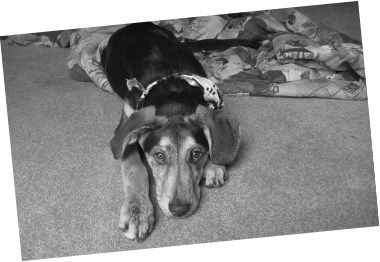This week on the blog we continue
to look at ways you can take your cat’s health to the next level, adding extra
energy and years on to your cat’s life. I want to talk about how to feed your
cat to keep them happy and healthy. There are a couple areas I want to address
when looking at feeding cats. First is when or how often you feed them.
In the wild, cats will eat up to
ten small meals a day, hunting and eating on their own. Some owners may have heard this and
think that means they should leave food out for their cat to access at all
times. This is NOT the best way to feed a house cat. There are a few cats who may be
able to self-regulate if given free access to food but the vast majority of
cats with over-eat and become over-weight or obese. So the biggest
thing to take away from this is that cats should be fed meals! I feed Bender 2
meals a day and he sometimes gets a light “snack” or treat between his two
meals.
To satisfy your cat's desire for
hunting, a great way to feed them is to make use of the “feeding toys” or “food puzzles”. These are generally
small round balls that you can place a small amount of dry food into. The cat
needs to bat around the ball with their paws or push it with their head in
order to roll the ball and get the pieces of food to fall out. These are great for getting your cat a
bit more active, slowing down their eating, and to simulate a hunting type
situation.
Feeding meals is very important in terms of monitoring your cat's health. If you leave food out all the time it is much more difficult to
know exactly how much your cat is eating, especially if you have more than one
cat at home. If you don’t know how
much each cat eats it will be very difficult to change feeding amounts if you
cat needs to lose weight and you may not notice if your cat goes off their food
when sick. Even if you have
multiple cats you should feed a measured amount of food to each cat. The ideal
is to feed each cat separately because cats are normally solitary feeders. If they
eat next to one another it will increase the speed that they eat and they may
feel they are in competition with one another. One cat may bully the other cat
and get more than her fare share.
Feeding stations should also be away from the cat’s sleeping area and
litter box. One more tip: use shallow but wide food and water dishes so your cat's whiskers don't touch the sides. Following these guidelines is the best way to keep your cats happy at meal times!
The other really important thing
I want to highlight about feeding your cat is to include wet food in the
diet. A common myth that is
circulating among pet owners seems to be that wet food is not as healthy for
your cat as dry food. This is not true and in fact the opposite might actually
be true (though more research in this area is required). I recommend all cats have some wet food
in their diet and generally I feel it should make up at least 50% of your
cat’s diet. Why is that? The main reason is because of the high water content
in wet food. As a general rule
cats don’t seem to drink enough to keep themselves well hydrated. I don’t know
exactly why this is. Some people speculate it could be because in the wild they
would get most of their water from eating whole prey. Perhaps they prefer
running water to still water in bowls? Whatever the reason may be, we tend to see a lot of urinary tract
problems in cats. In male cats we see blockages of the lower urinary tract,
which can be life threatening, and in female cats we see inflamed bladders and bladder infections. In
elderly cats we see a startling amount of kidney disease (could this be from chronic dehydration?). Increasing your cat’s water intake will
reduce their risk of lower urinary tract problems and help keep the kidneys
in good shape. I often add a bit of water in with Bender’s wet food so it’s a bit like a soup or
stew just to get that extra bit of water into him to prevent urinary tract disease.
In addition to the high water
content, wet food tends to have lower levels of carbohydrates than dry food
does. Many veterinarians believe that high levels of carbohydrates in dry cat
food leads to higher levels of obesity and diabetes in cats. To be honest this is still a
controversial subject due to limited amounts of research. However I can tell
you that when we treat diabetic cats we always recommend a low carbohydrate and
high protein food so it makes sense
(to me at least) that feeding a similar type of food could prevent
diabetes from developing in the first place.
I feed Bender a two meals per
day, one meal consists of wet food, (Royal Canin Feline Adult), which is
formulated to prevent urine crystals from forming and helps prevent lower
urinary tract blockages. His other
meal is a dry food specially formulated to help clean his teeth and gums (
Royal Canin Feline Dental). I
believe this is the best diet to keep him healthy and minimize the number of
dental cleanings he will need, long into his late teens to early twenties. I hope this was helpful! Please comment
or call the clinic if you have more questions about feeding recommendations for
your feline friends.
Thanks for reading!
Dr. Ingrid Sproll



















No comments:
Post a Comment